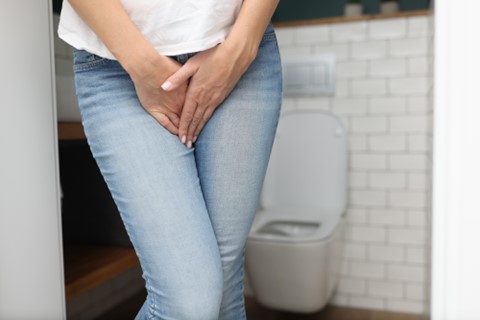Anal fissures can be uncomfortable and painful, but with the right knowledge, you can manage them effectively. In this post, we’ll explore what anal fissures are, what causes them, their symptoms, and how to treat and prevent them.
1. What Are Anal Fissures?
- Explanation of anal fissures as small tears or cuts in the lining of the anus.
- Mention common causes: constipation, straining, childbirth, and more.
2. Recognizing Symptoms
- Detail common symptoms like pain during bowel movements, bleeding, and itching.
- Emphasize the importance of seeking medical advice for proper diagnosis.
3. Understanding Causes
- Discuss how constipation and straining are primary contributors.
- Explain how conditions like Crohn’s disease or inflammatory bowel disease might increase risk.
4. Treatment Options
- Offer advice for managing mild cases at home: dietary changes, increased fiber intake, sitz baths.
- Discuss medical treatments: topical creams, nitroglycerin ointment, Botox injections, and surgery for severe cases.
5. Preventing Anal Fissures
- Provide tips for prevention, such as maintaining good hygiene, staying hydrated, and avoiding excessive straining.
- Promote a high-fiber diet to ensure regular and comfortable bowel movements.
6. Seeking Professional Help
- Emphasize the importance of consulting a healthcare professional for proper diagnosis and treatment.
- Discuss when to see a doctor, such as if symptoms persist or worsen.
Conclusion: By understanding the causes, symptoms, and treatments for anal fissures, you can take steps to manage them effectively and improve your quality of life.


